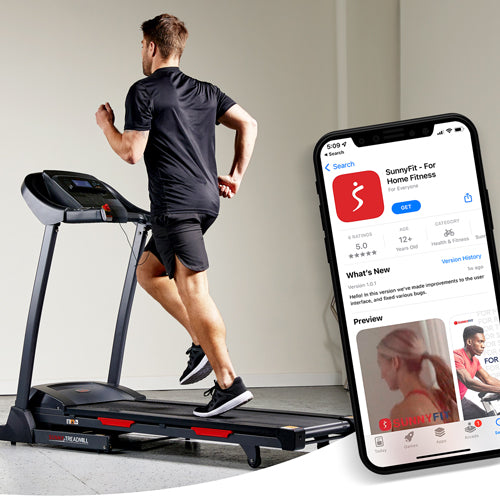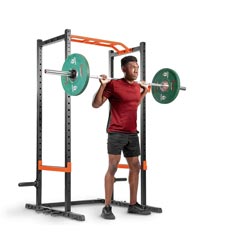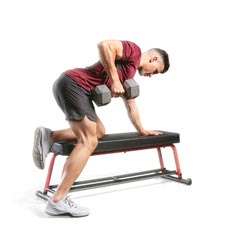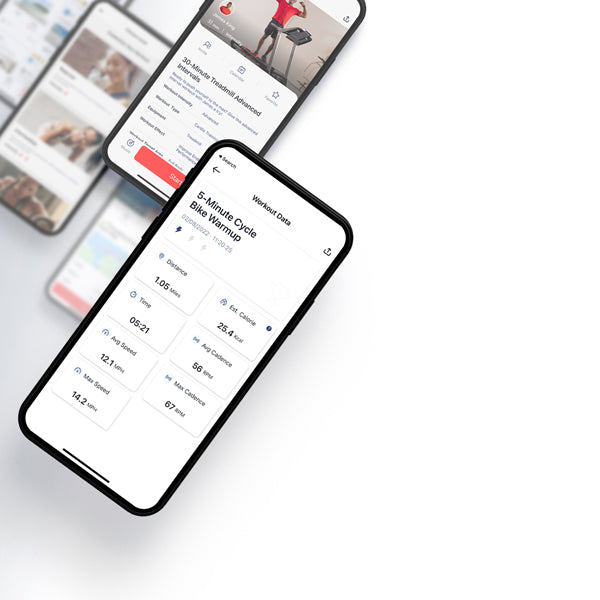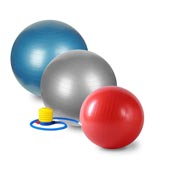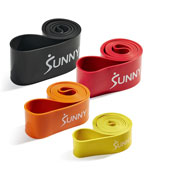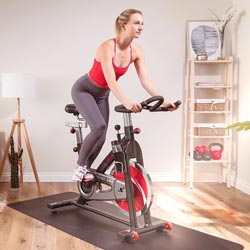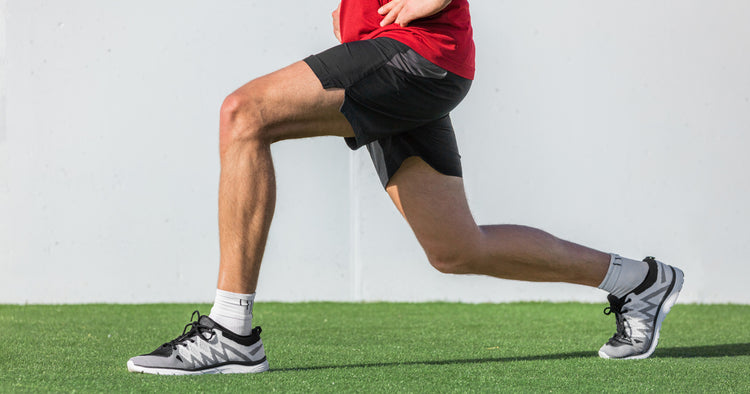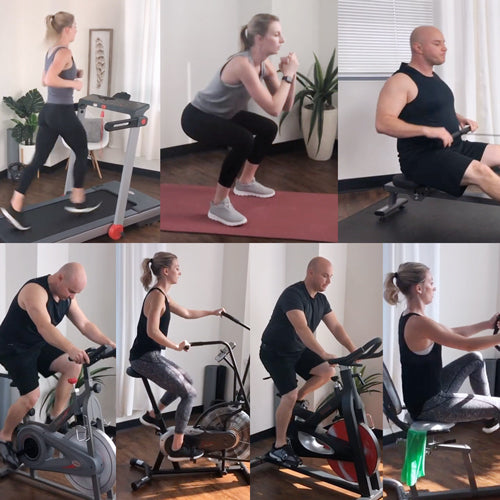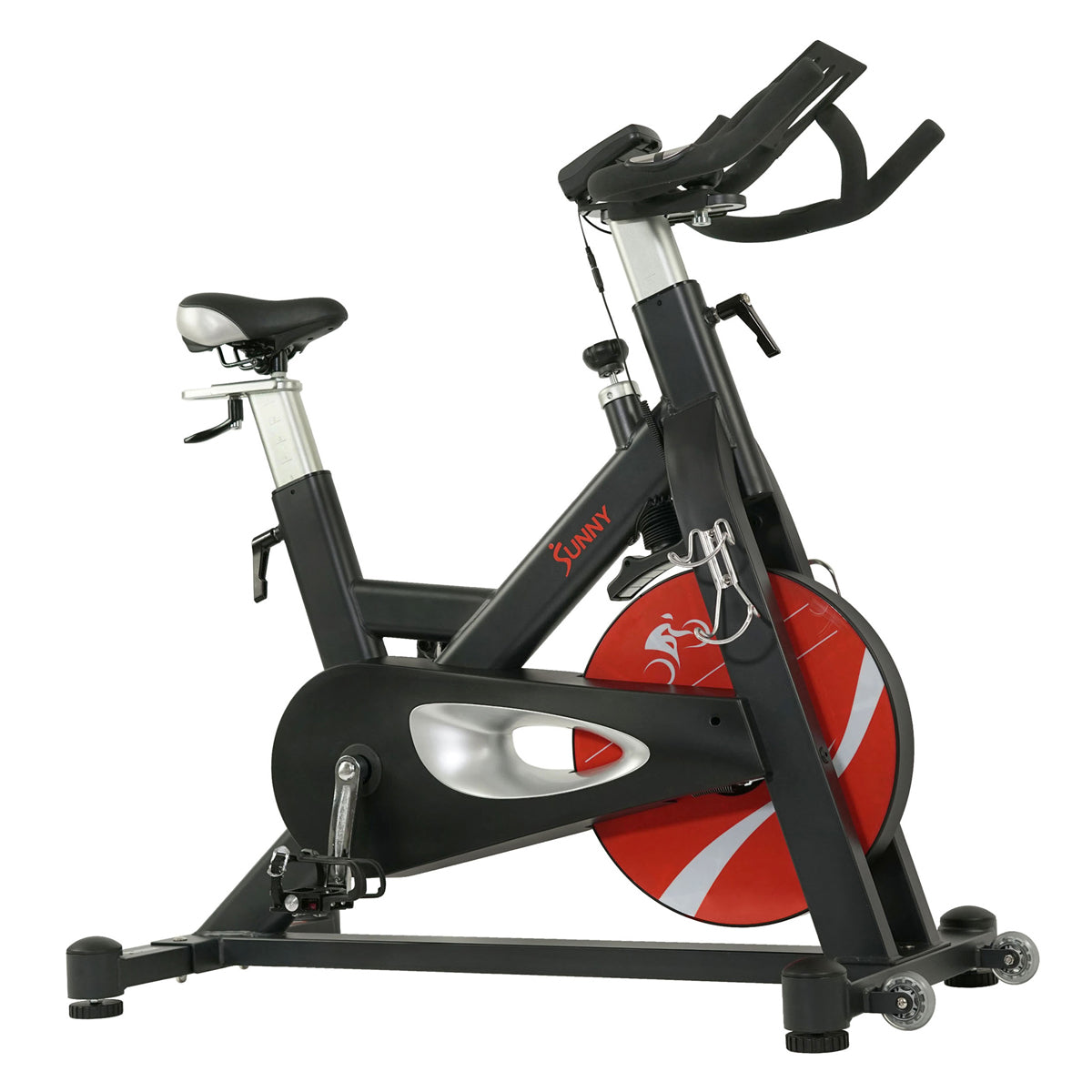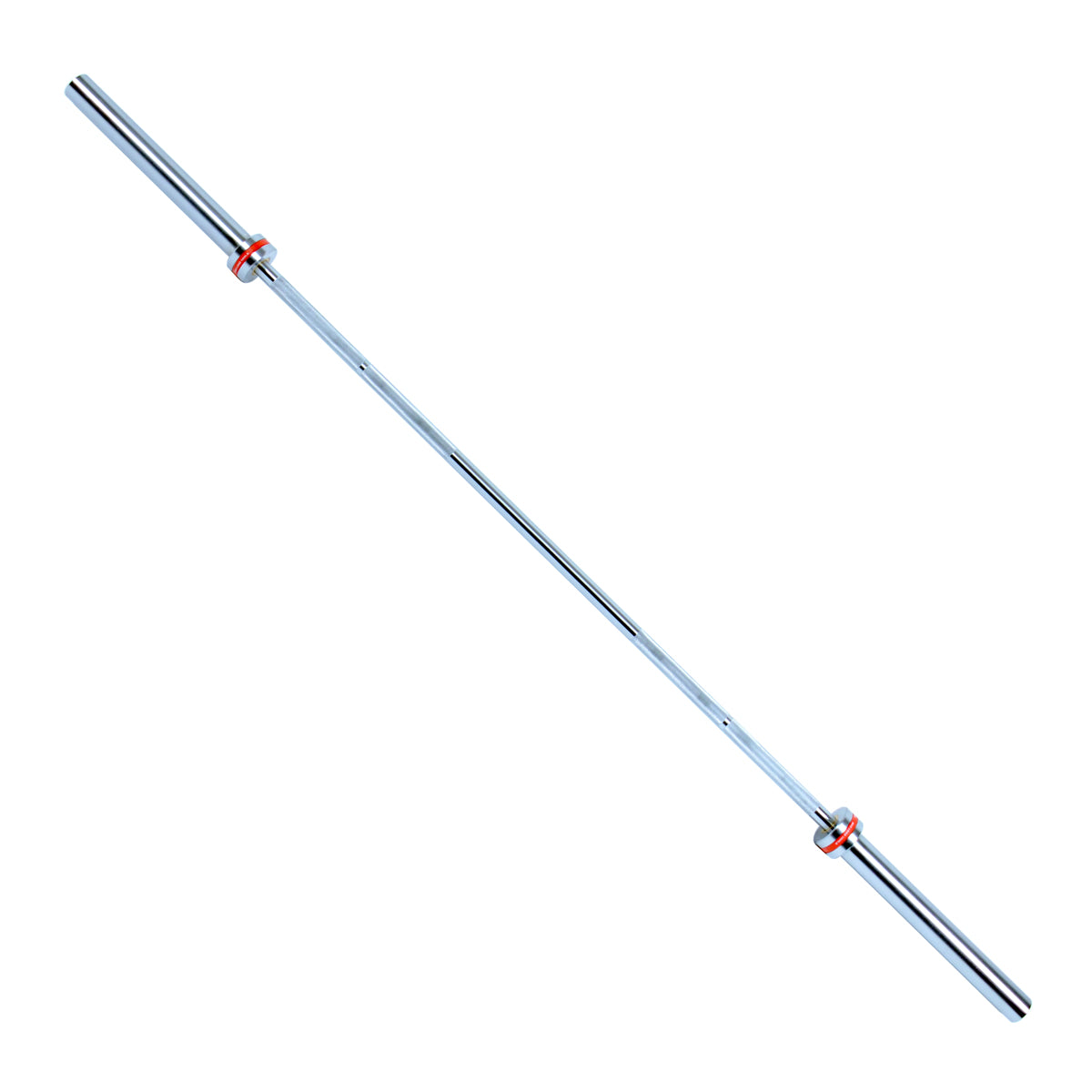What is Micro HIIT?
Yes, shorter workouts are sometimes better! Micro HIIT workouts can be described as short duration high intensity workouts. The main difference between Micro HIIT and regular HIIT protocols is the amount of time you need to complete a workout. HIIT workouts can last 20, 30, or even 60 minutes. Micro HIIT workouts can be done in as little as a few minutes. One very popular micro HIIT protocol you may have heard of, is the Tabata protocol. This protocol can last only 4 minutes! If you aren’t familiar with Tabata training or aren’t sure if its right for you, check out our full length article on Tabata training here.
Can you get results with Micro HIIT?
You may be thinking, how can I still get results from these short workouts? According to research, it’s possible to see significant cardiometabolic health improvements with intense exercise bouts only lasting 10 minutes. The results were also shown to be similar to the results you might get from performing 45 minutes of regular light to moderate intensity cardio activities. This is great news for those of you who don’t have enough time to fit in longer bouts of exercise. All you have to do is find a short workout you can challenge yourself with and you can start reaping the benefits of a micro HIIT workout program.
How to do Micro HIIT well
Many who love doing HIIT workouts chose to do them exclusively over long duration cardio. However, because these workouts are incredibly intense, aim to include only 2 to 3 of these workouts in your regular schedule to make sure you’re giving your body a chance to completely recover. Longer duration cardio is less intense which enables participants to complete these types of workouts on a more frequent basis. Since Micro HIIT workouts are shorter in duration, you could break them up into multiple sessions during the day. You could also perform multiple sessions throughout the week using different exercises to help avoid overtraining, and to help maximize re
Micro HIIT workouts should be as intense as a full length HIIT workout. You need to feel comfortable pushing yourself to vigorous effort. While training at this higher intensity might be ominous to some, many enjoy these workouts because they know the high effort is short. To help you determine what type of intensity you should be aiming for, I have put together a target heart rate chart with the estimated target heart rate you should aim for when performing HIIT workouts. The chart is based off your age. Simply find your age and the chart will tell you what beats per minute your heart rate should be during each HIIT bout. This chart will also help tell you whether the workouts you are using is putting you into optimal HIIT intensity.
Age Predicted Micro HIIT Target Heart Rate Ranges:
Age |
HIIT Target HR Zone 80-95% |
Average Maximum Heart Rate, 100% |
20 years |
160-170 beats per minute (bpm) |
200 bpm |
30 years |
152-180 bpm |
190 bpm |
35 years |
148-175 bpm |
185 bpm |
40 years |
144-171 bpm |
180 bpm |
45 years |
140-166 bpm |
175 bpm |
50 years |
136-161 bpm |
170 bpm |
55 years |
132-156 bpm |
165 bpm |
60 years |
128-152 bpm |
160 bpm |
65 years |
124-147 bpm |
155 bpm |
70 years |
120-142 bpm |
150 bpm |
Choosing the right Micro HIIT workout
While many exercises can be used during a HIIT workout, not all exercise will help you reach the vigorous intensity to qualify your workout as being truly HIIT. If your heart rate is not elevated into the BPM ranges shown above, it’s not a HIIT workout. You need to choose workouts that involve large muscle groups with increased levels of resistance and speed. For example, you may be able to make your legs tired by doing wall sits, but your heart rate won’t rise that much. Instead, you should perform up tempo body weight squats or squats jumps. Both these exercises require much more energy and will increase your heart rate rapidly. Check out a few of the example Micro HIIT workouts below and see which ones you may be able to start using as part of your Micro HIIT workout routine.
Example Micro HIIT Workouts
1. Bike Sprints – 10 Minutes
- 2 minutes Warm Up
- 20 seconds Sprint
- 40 seconds Recovery Pace
- 20 seconds Sprint
- 40 seconds Recovery Pace
- 20 seconds Sprint
- 40 seconds Recovery Pace
- 20 seconds Sprint
- 40 seconds Recovery Pace
- 20 seconds Sprint
- 40 seconds Recovery Pace
- 20 seconds Sprint
- 40 seconds Recovery Pace
- 2 minutes Cool Down
2. Kettlebell Micro HIIT – 9 Minutes
- 45 seconds Kettlebell Swings
- 45 seconds Plank
- 45 seconds Kettlebell Swings
- 45 seconds Plank
- 45 seconds Kettlebell Swings
- 45 seconds Plank
- 45 seconds Kettlebell Goblet Squat
- 45 seconds Leg Lifts
- 45 seconds Kettlebell Goblet Squat
- 45 seconds Leg Lifts
- 45 seconds Kettlebell Goblet Squat
- 45 seconds Leg Lifts
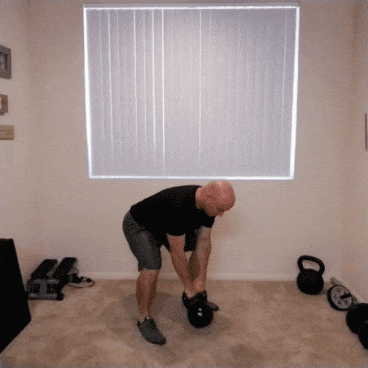
Kettlebell Swings
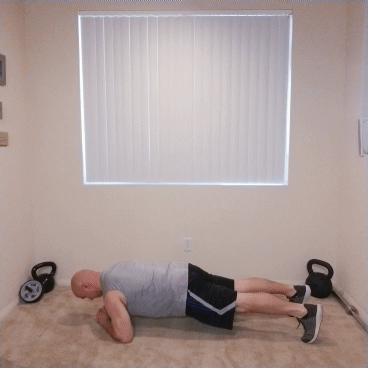
Plank

Goblet Squat

Leg Lifts
3. Barbell Micro HIIT – 7 Minutes
- 1 minute Thruster
- 30 seconds Rest
- 45 seconds Thruster
- 30 seconds Rest
- 30 seconds Thruster
- 30 seconds Rest
- 45 seconds Thruster
- 30 seconds Rest
- 1 minute Thruster
- 1 minute Rest
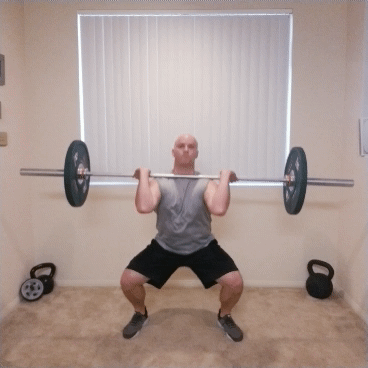
Thruster
4. Body Weight Micro HIIT - 10 Minutes
- 30 seconds Squat Jumps
- 30 seconds Wall Sit
- 30 seconds Plank Shoulder Taps
- 30 seconds Alternating Superman
(Repeat 5 Rounds)
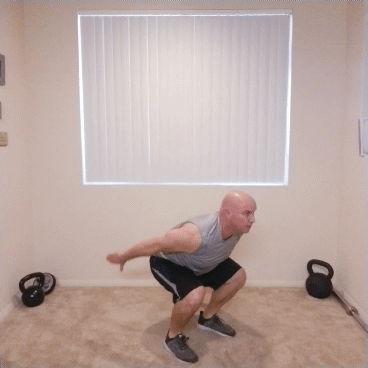
Squat Jump
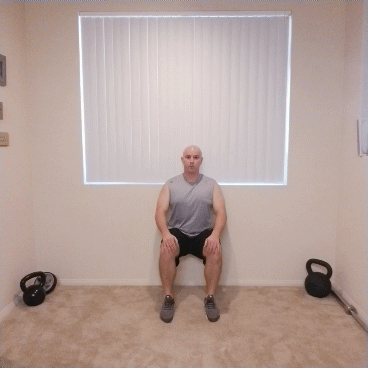
Wall Sit
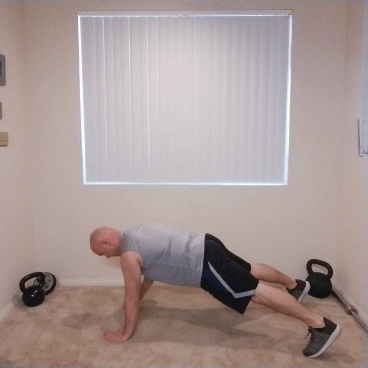
Plank Shoulder Taps
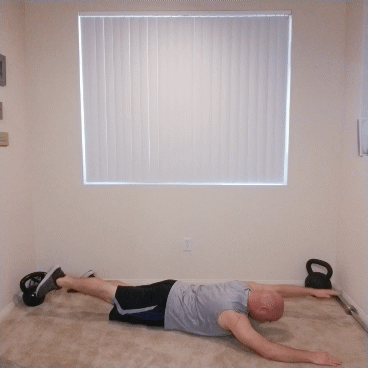
Alternating Superman
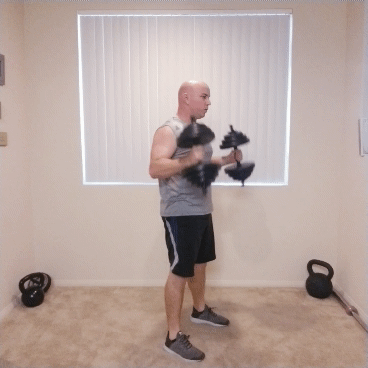
Squat with Curl to Press
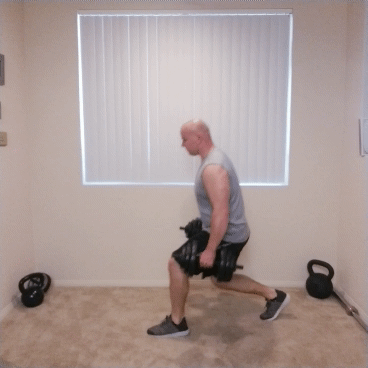
Alternating Forward Lunges
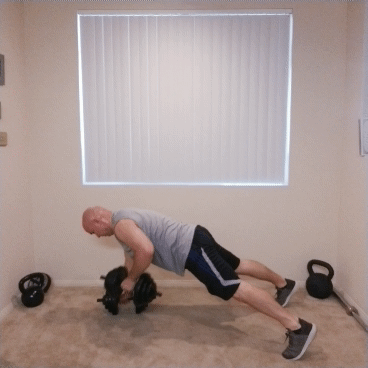
Push Up with Renegade Row
If you aren’t sure if you are healthy enough to perform Micro HIIT workouts, be sure to speak with a medical professional to see if this or any exercise program is right for you.
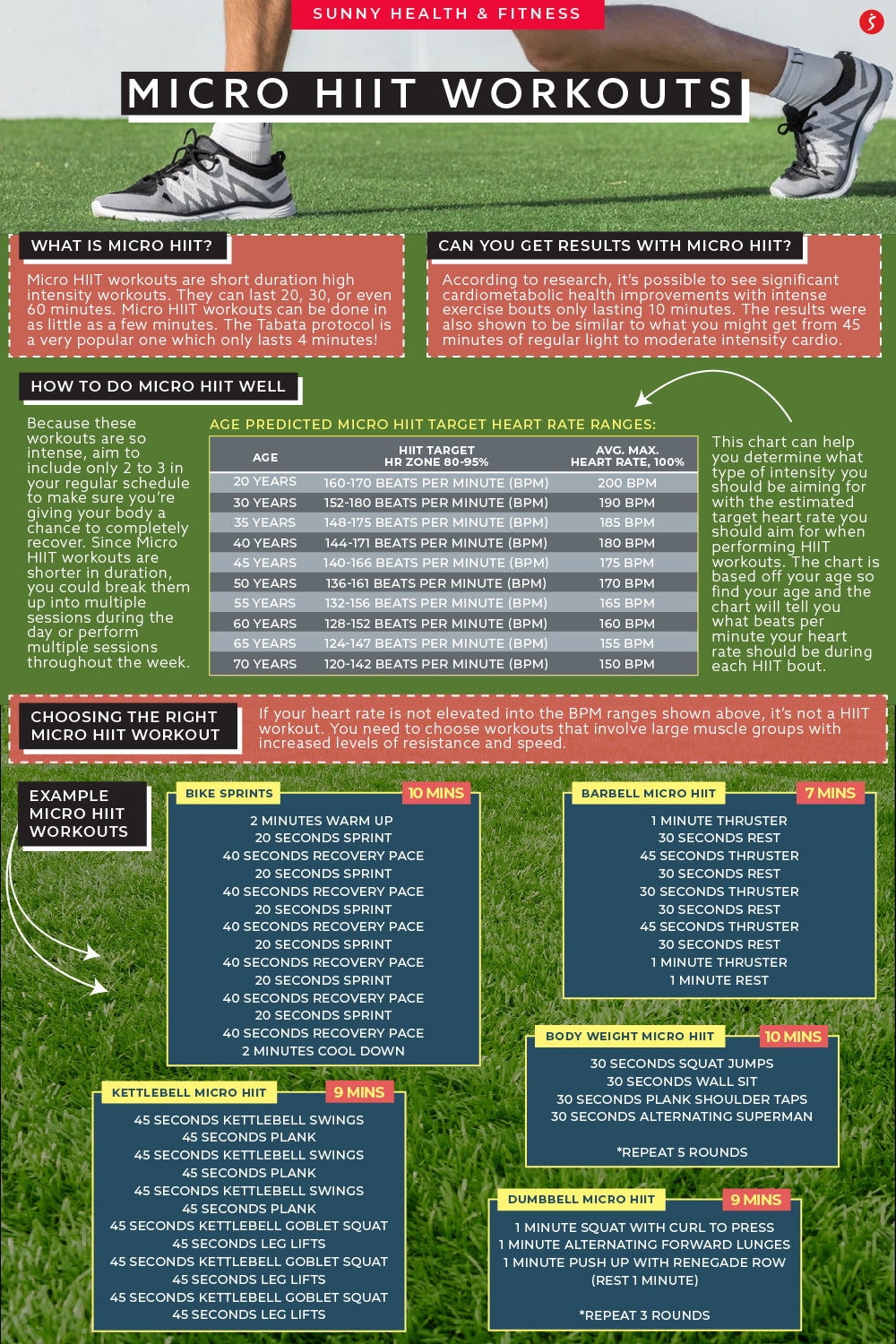

Other blog articles you may enjoy:
